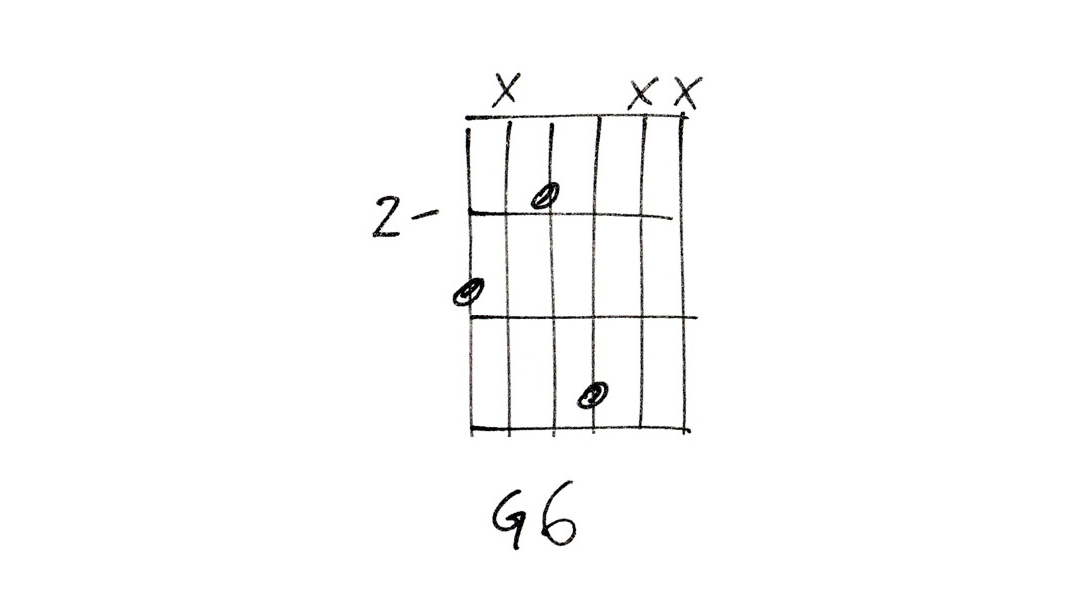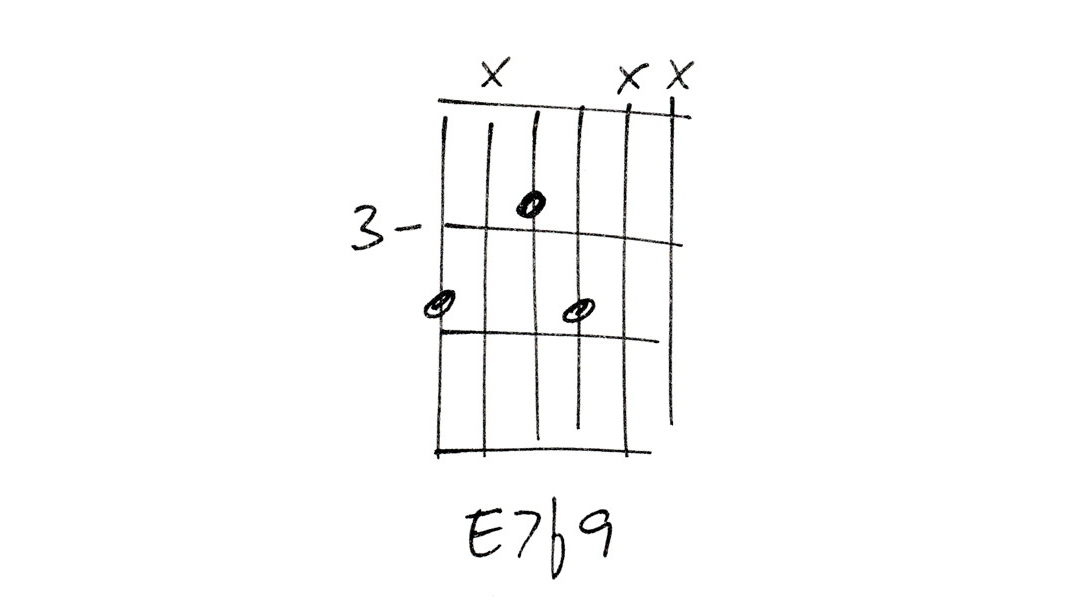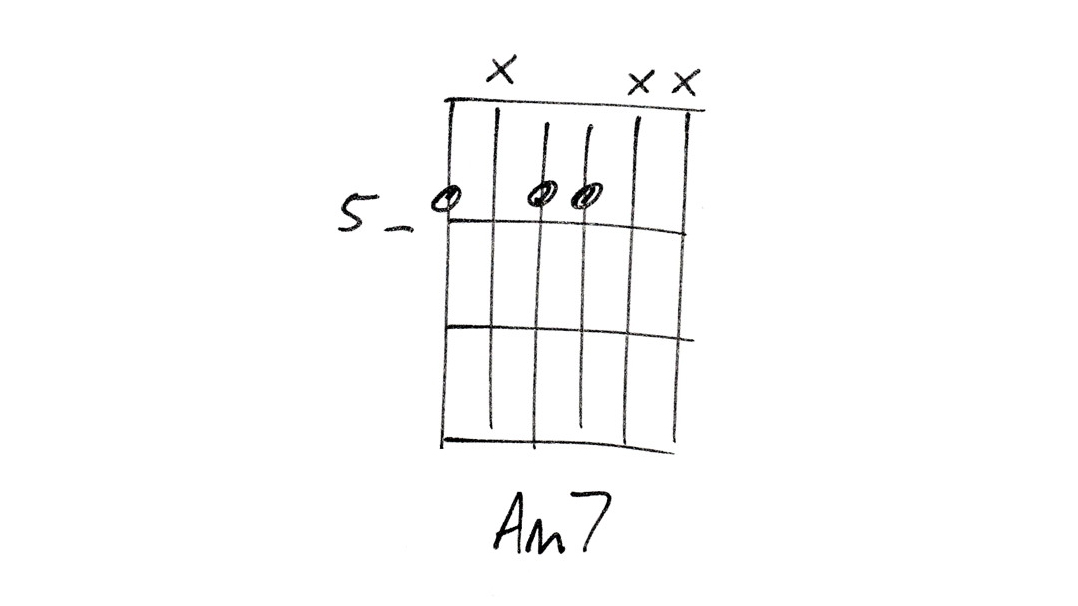Guitar chord vocab: gypsy jazz
Heat up your rhythm work with these Django-style shapes
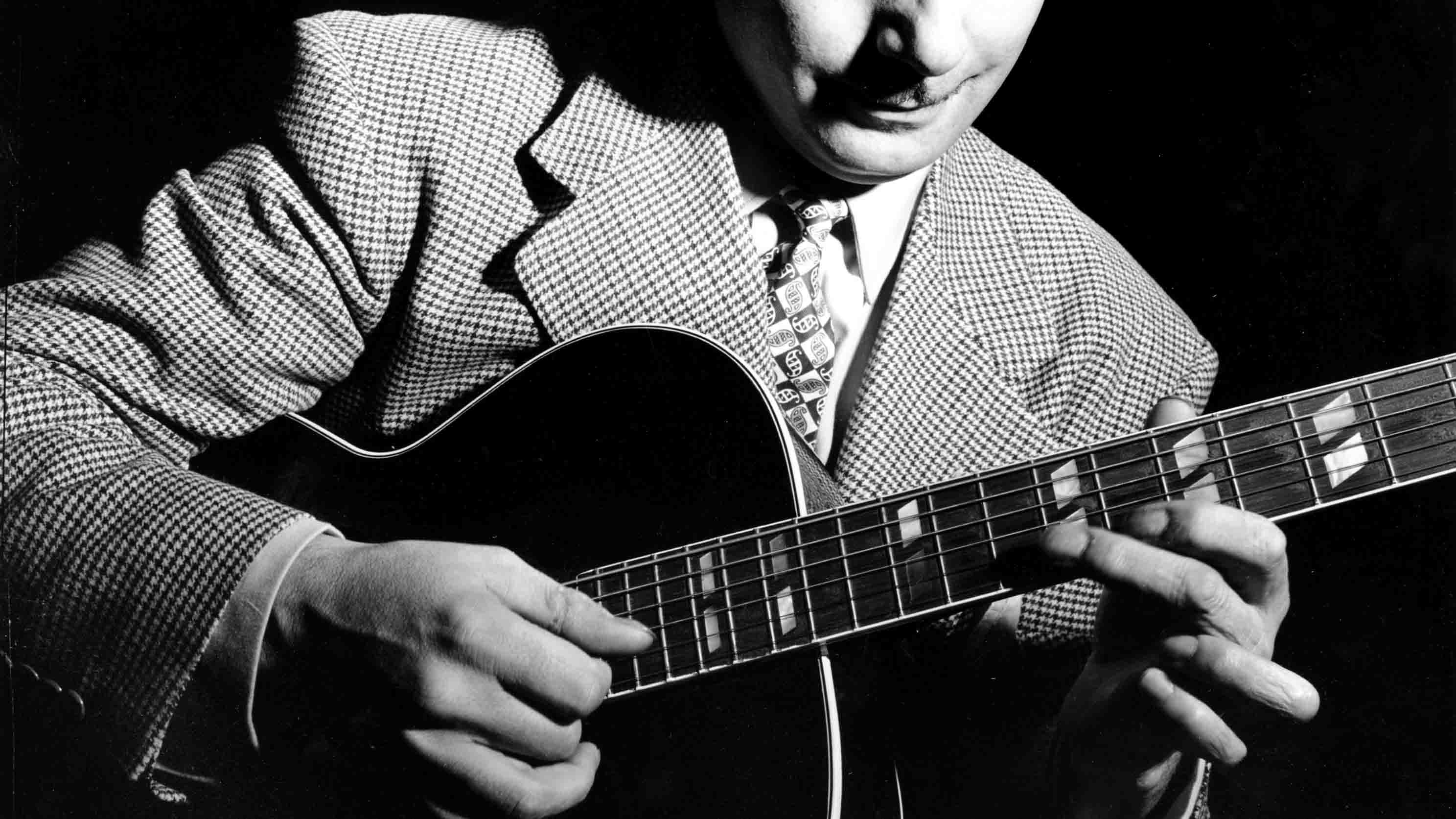
Django unchained
Django Reinhardt’s tenure as dazzling lead guitarist of the Quintette du Hot Club de France only spanned 14 years in total, but his recordings have become the blueprints for a thriving, steadily evolving musical sub-genre.
The main focus is, of course, his seemingly impossible lead playing, but his approach to chords – also shaped by the injury to his fretboard hand – have also become a major part of the style.

To understand these shapes, we need to consider the nature of Django’s caravan-fire injury and disfigurement. His third and fourth fingers, curled permanently into his palm, were not used for soloing, but he had a limited ability to fret high notes in chords.
Spending 18 months convalescing in a nursing home, Django developed not only a virtuoso soloing style but also a chord vocabulary to suit his flexibility. Using inversions and condensing chords to their essential ‘flavour notes’, he was able to cover a surprisingly wide range of chords.
Here are some ways for you to try this approach…
Don't Miss
30 chords acoustic guitar players need to know
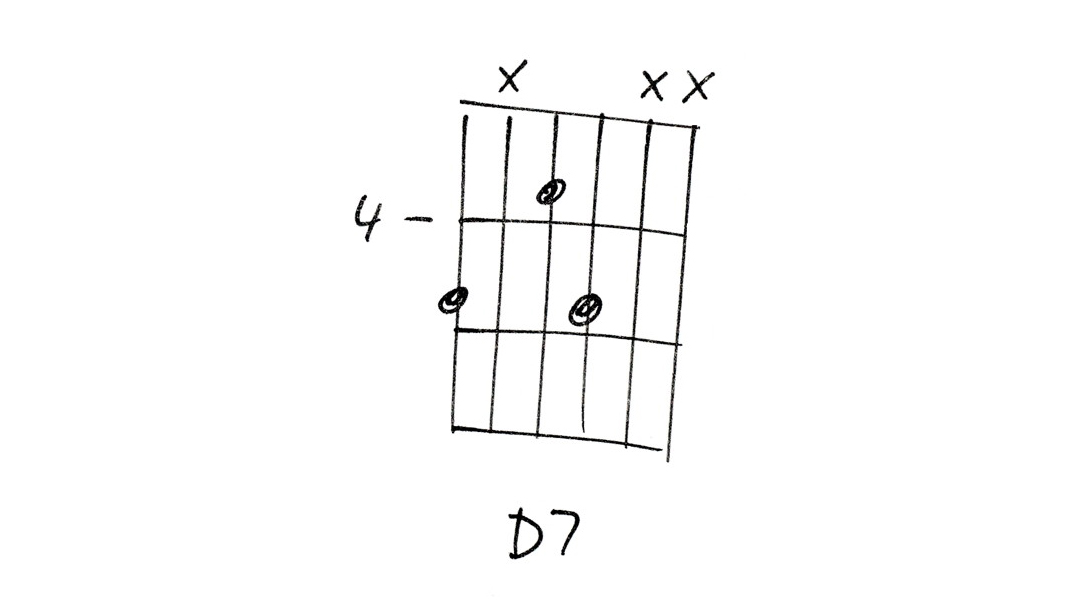
D7
Another fundamental shape in the Django chord approach. This is a 2nd inversion D7, lacking a root (again, this can be provided by the bassist).
Drop the middle note and you have a minor 7th; retaining the middle note and raising the top note gives major 7th.
Don't Miss
30 chords acoustic guitar players need to know
